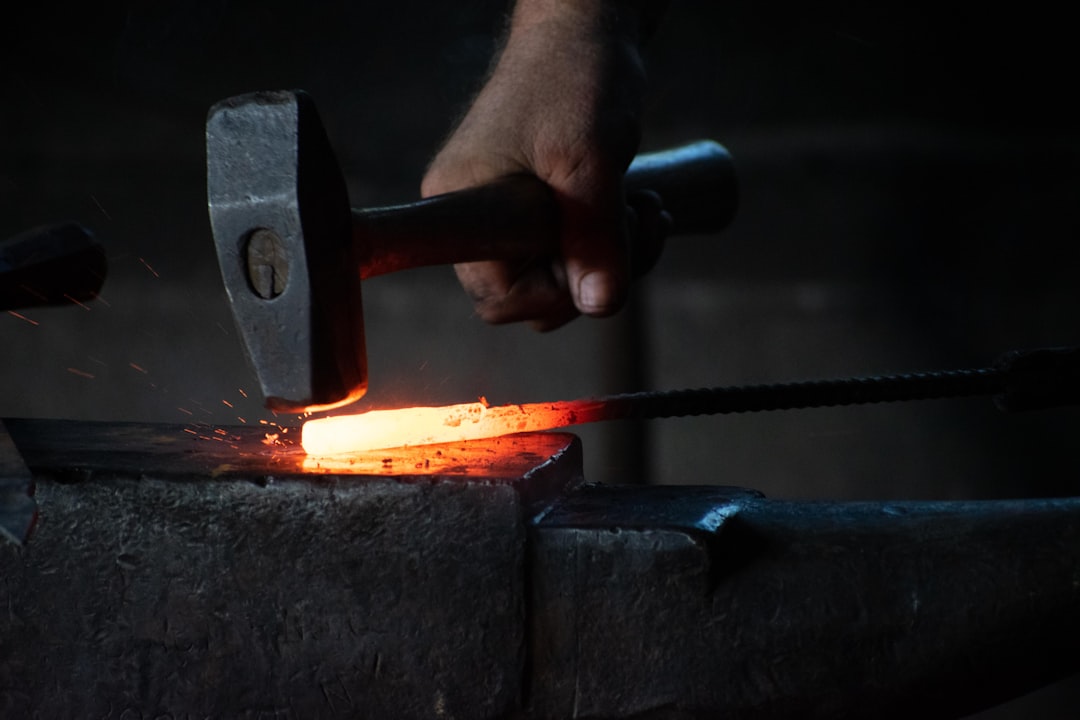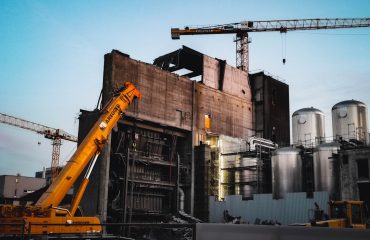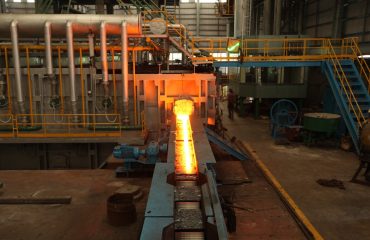The construction and manufacturing industries are undergoing a significant transformation, driven by the urgent need for sustainability. Steel, a cornerstone of modern infrastructure, is no exception. This post delves into the exciting world of energy-efficient steel products, exploring their benefits, production methods, and the positive impact they have on reducing our carbon footprint.
1. The Environmental Impact of Traditional Steel Production
Traditional steelmaking is a notoriously energy-intensive process. The blast furnace method, which has been the dominant production technique for centuries, relies heavily on coking coal, a significant source of greenhouse gas emissions. The process involves high temperatures, leading to substantial energy consumption and the release of carbon dioxide (CO2), methane (CH4), and other pollutants into the atmosphere. This high carbon footprint has prompted a global push for more sustainable steel production methods.
Beyond CO2 emissions, traditional steel production also consumes vast quantities of water and generates significant amounts of waste. The environmental consequences extend beyond the immediate vicinity of the steel plant, impacting air and water quality in surrounding areas. The need for a greener alternative is undeniable.
2. Emerging Technologies for Energy-Efficient Steelmaking
Fortunately, significant advancements are being made in steel production technology, paving the way for a more sustainable future. Several innovative approaches aim to reduce energy consumption and minimize greenhouse gas emissions:
- Electric Arc Furnaces (EAFs): EAFs utilize electricity to melt scrap steel, significantly reducing reliance on coking coal. This method offers a substantial reduction in CO2 emissions compared to blast furnaces, particularly when powered by renewable energy sources.
- Hydrogen-based Steelmaking: Research and development are rapidly progressing in using hydrogen as a reducing agent in steelmaking, replacing coking coal entirely. This approach has the potential to eliminate direct CO2 emissions from the process, offering a truly green steel production pathway. However, challenges remain in terms of hydrogen production and cost-effectiveness.
- Carbon Capture, Utilization, and Storage (CCUS): CCUS technologies capture CO2 emissions from steel plants and either utilize them in other industrial processes or store them underground. While not a complete solution, CCUS can significantly reduce the overall carbon footprint of steel production.
- Improved Process Optimization: Even within traditional steelmaking methods, significant improvements can be made through process optimization, leading to reduced energy consumption and waste generation. This includes advancements in automation, heat recovery systems, and improved material handling.
3. Energy-Efficient Steel Products: A Range of Applications
The benefits of energy-efficient steel extend beyond the production process itself. The resulting steel products offer superior properties and are ideally suited for a range of applications where sustainability is paramount:
- Green Building Construction: Energy-efficient steel is a crucial component in green building designs, contributing to improved thermal performance and reduced energy consumption in buildings. Lightweight steel structures can also reduce the overall embodied carbon of a building.
- Renewable Energy Infrastructure: The manufacturing of wind turbines, solar panels, and other renewable energy infrastructure relies heavily on steel. Using energy-efficient steel in these applications enhances the overall sustainability of the renewable energy sector.
- Sustainable Transportation: Lightweight steel components in vehicles contribute to improved fuel efficiency and reduced emissions. The use of recycled steel further minimizes the environmental impact.
- Infrastructure Development: Bridges, railways, and other infrastructure projects can benefit from the strength and durability of energy-efficient steel, while also reducing their overall environmental footprint.
4. Lifecycle Assessment and Embodied Carbon
Understanding the entire lifecycle of a steel product, from raw material extraction to end-of-life disposal, is crucial for assessing its overall environmental impact. Lifecycle assessment (LCA) methodologies are used to quantify the embodied carbon – the total greenhouse gas emissions associated with a product’s entire lifecycle. Energy-efficient steel products generally exhibit a lower embodied carbon footprint compared to those produced using traditional methods.
By considering the embodied carbon throughout the product’s lifecycle, designers and engineers can make informed decisions to minimize the environmental impact of their projects. This includes selecting materials wisely, optimizing designs for material efficiency, and considering end-of-life management strategies such as recycling.
5. The Future of Sustainable Steel: Innovation and Collaboration
The transition to a more sustainable steel industry requires a concerted effort from all stakeholders. Continued innovation in steelmaking technology, coupled with supportive government policies and industry collaboration, is essential to accelerate the adoption of energy-efficient steel products. This includes investing in research and development, promoting the use of recycled steel, and developing robust carbon pricing mechanisms to incentivize greener production practices.
The future of steel lies in its ability to adapt and evolve to meet the challenges of climate change. By embracing energy-efficient production methods and promoting the use of sustainable steel products, we can build a more environmentally responsible and sustainable future.
SEO Tags: Energy-efficient steel, sustainable steel, green steel, steel production, embodied carbon




